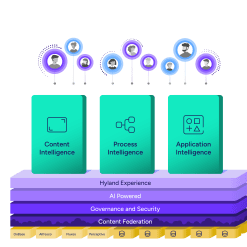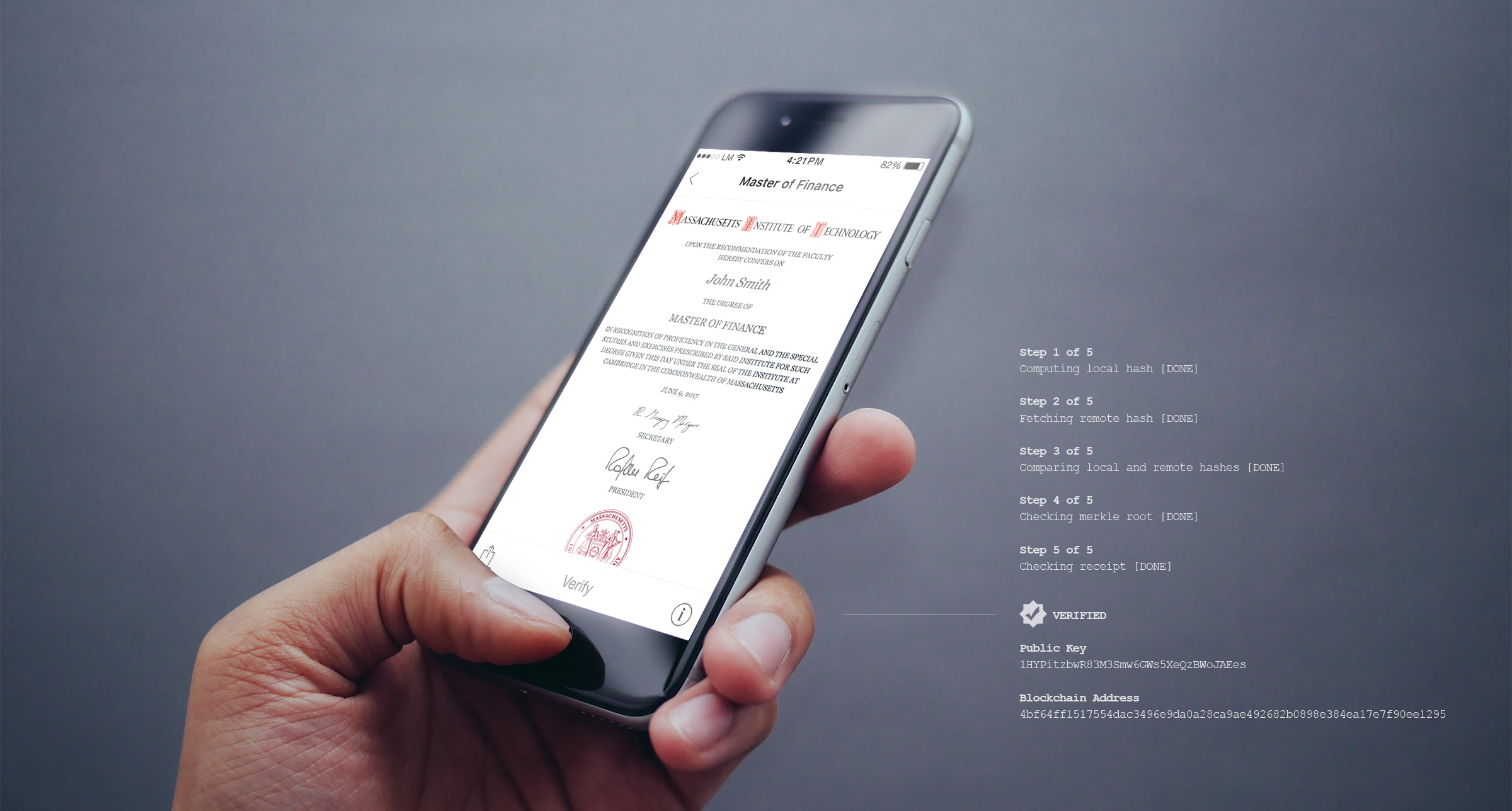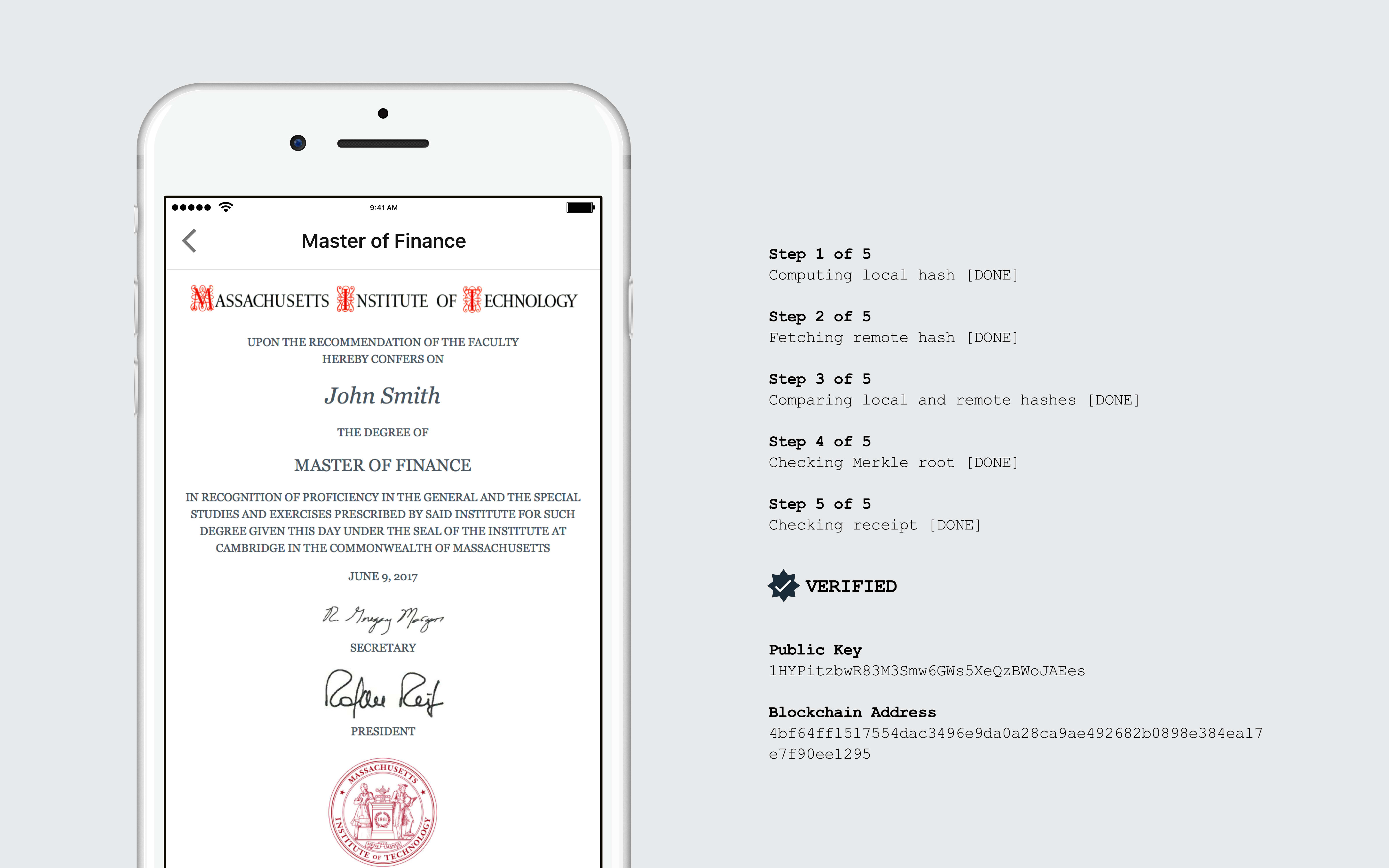Massachusetts Institute of Technology
University empowers students to be the curators of their own credentials.

Harness the power of a unified content, process and application intelligence platform to unlock the value of enterprise content.
Learn more
Explore Hyland’s solutions by industry, department or the service you need.
Overview of solutionsIt's your unique digital evolution … but you don't have to face it alone. We understand the landscape of your industry and the unique needs of the people you serve.
 Overview of industries
Overview of industries
Countless teams and departments have transformed the way they work in accounting, HR, legal and more with Hyland solutions.
 Overview of departments
Overview of departments
We are committed to helping you maximize your technology investment so you can best serve your customers.
 Overview of services
Overview of services

Discover why Hyland is trusted by thousands of organizations worldwide.
Hear from our customers
Our exclusive partner programs combine our strengths with yours to create better experiences through content services.
Overview of partners
Find resources to power your organization's digital transformation.
Browse the resource center
Hyland connects your content and systems so you can forge stronger connections with the people who matter most.
Learn about HylandWith our modern, open and cloud-native platforms, you can build strong connections and keep evolving.
 Dig deeper
Dig deeper
Reading time minutes
University empowers students to be the curators of their own credentials.

Massachusetts Institute of Technology (MIT) began issuing digital diplomas to select groups of students graduating from undergraduate, master's and PhD programs. These tamper-proof records are registered on the Bitcoin blockchain so they can be shared peer-to-peer and independently verified.
The blockchain, combined with strong cryptography, provides a new security infrastructure that guarantees the authenticity of these records and enables convenient verification.
MIT partnered with Learning Machine to collaborate on developing Blockcerts, an open-source standard for blockchain-based records. When MIT Registrar Mary Callahan became aware of the project, she recognized the opportunity to deliver on the promise of student-owned records.
Mary Callahan, Registrar, MIT
The first step was to ensure that the designer could recreate the official look of MIT's historic diploma, which carries all of the signals for authenticity like seals and cursive signatures. While the blockchain supplies the true barrier to fraud, maintaining brand continuity and the signals of security were important for prestige and recognition.
The designer allowed MIT to add images, text, signatures and variables — all forming a template that gets filled with data, like an email campaign. In the background, a content layer (JSON) was constructed that contains all of the diploma content and the recipient's public key. This digital object gets hashed, signed by MIT’s issuing key, and anchored to the blockchain for later verification.

The process starts with an email requesting that students download the open-source mobile app (Blockcerts) for iOS or Android, and then add MIT as an issuer. The mobile app provides the most convenient way to generate keys, which are used to demonstrate ownership, and send their public key to MIT. The app makes this as simple as adding a friend.
In addition to the standard security measures, the institute wanted to add an additional layer of security to ensure the identity of students by asking them to log in to the MIT identity system as part of the onboarding process.
Once diplomas were issued, they arrived to students by email as an attachment that can be stored anywhere. Importing that file into the mobile app provides a convenient way to view and share these records. MIT also decided to host these files, which makes them easy to share with just a link.
— Mary Callahan, Registrar, MIT

While any IT system can include a blockchain lookup service for verification, MIT provides an additional convenience by hosting a verification site, where any verifier can paste a link or upload a file to independently verify a diploma. This process works by using an open-source blockchain lookup service to compare the uploaded diploma to the hash stored on the blockchain. The power of decentralized verification is that both organizations could disappear, and graduates would still be able to have their records verified.